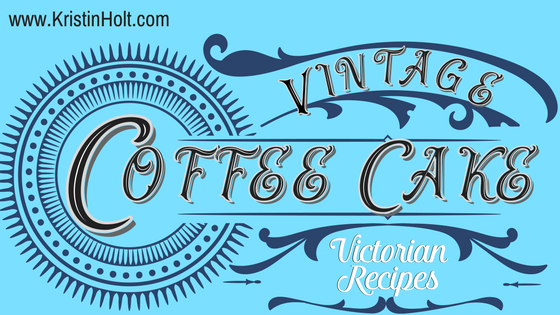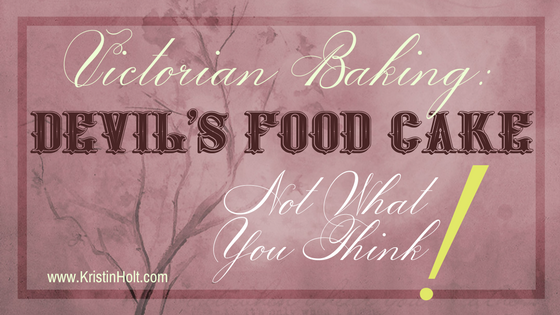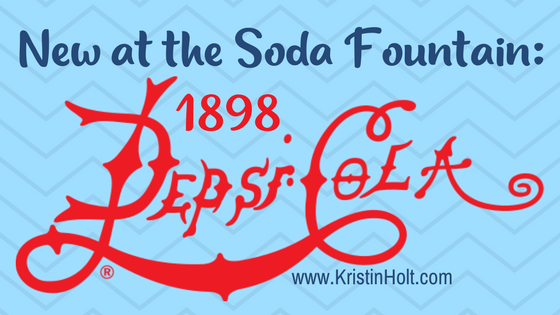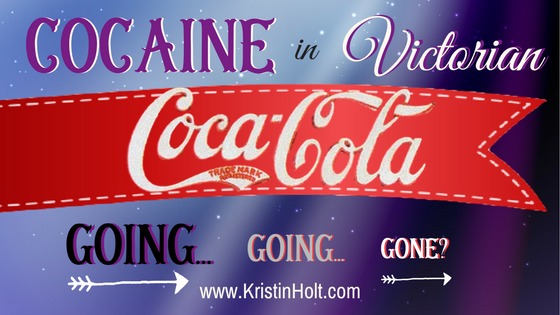
by Kristin Holt | Apr 7, 2018 | Articles
Coffee Cake… Yummm! Today, April 7th, is National Coffee Cake Day! Do you like the crumble-topped kind, varieties with coffee in the cake, or simply cake meant to be enjoyed with a cup (or five) of coffee? Come see the recipes and methods our Victorian ancestors found tasty enough to keep.

by Kristin Holt | Jan 30, 2018 | Articles
The story behind the invention (development?) of Angel Food Cake is a bit shrouded in tales of “Me, First!” Vintage newspaper advertisements show Angel Food Cake for sale in bakeries by 1878, and in cookbooks for home bakers that same year. One of the origin stories made it into a vintage cookbook (“cook book”), along with minor variations on the fluffy, snow-white theme. No matter how the dessert began, the popularity took off among Victorian bakers and remained popular through the Edwardian and Progressive Era. One peek at Pinterest vouches that this brightly white cake is still popular (even when pink).

by Kristin Holt | Jan 27, 2018 | Articles
Today, January 27th, is National Chocolate Cake Day!
No better time to reflect upon, and relish the “invention” of one of the BEST chocolate cakes of all time–Devil’s Food Cake.
Devil’s Food Cake (often simply “Devil’s Food”) debuted along with other chocolate cakes as the culmination of chocolate dessert creations, at the tail-end of the Victorian Era, and gained momentum into the brief Edwardian period. American bakers discovered the capacities of baking chocolate, creating the sinfully rich and decadent cake, frosted with anything from a basic white, boiled frosting to ultra-sweet fudge frosting. Of all the “Victorian Inventions”, Devil’s Food Cake might be a twenty-first century favorite!

by Kristin Holt | Jul 15, 2017 | Articles
Pepsi-Cola was born in North Carolina from a soda fountain beverage first known as “Brad’s Drink”. Caleb Davis Bradham ran a drugstore and served cola-based beverages to his customers. His own creation, (“Brad’s Drink” which became) Pepsi-Cola, arrived at the turn of the century. Pepsi-Cola few with the new (20th) century, with changing logos, bottle shapes, and the nickel-a-glass price. One big difference from Victorian Coca-Cola? Twice the size of that glass, for the same price.

by Kristin Holt | Jul 11, 2017 | Articles
We know original Coca-Cola (debuted 1886) did have cocaine in it–and not “a trivial amount”. The product began as a replacement for coca wine (just what it sounds like), when temperance laws outlaws alcohol, and Pemberton needed a replacement vector for his coca leaves. Looking back at vintage sources, it’s easy to see when cocaine was removed from Coca-Cola, and how the owners ensured their not-yet-trademarked product remained protected. Numerous credible scientists analyzed the syrup (from various retail locations), swearing to Coca-Cola’s freedom from cocaine, but the attacks didn’t stop overnight. Decades later, Coca-Cola maintained its status as a substance-free “refreshing drink”, a 180° switch from its Patent Medicine beginning.













